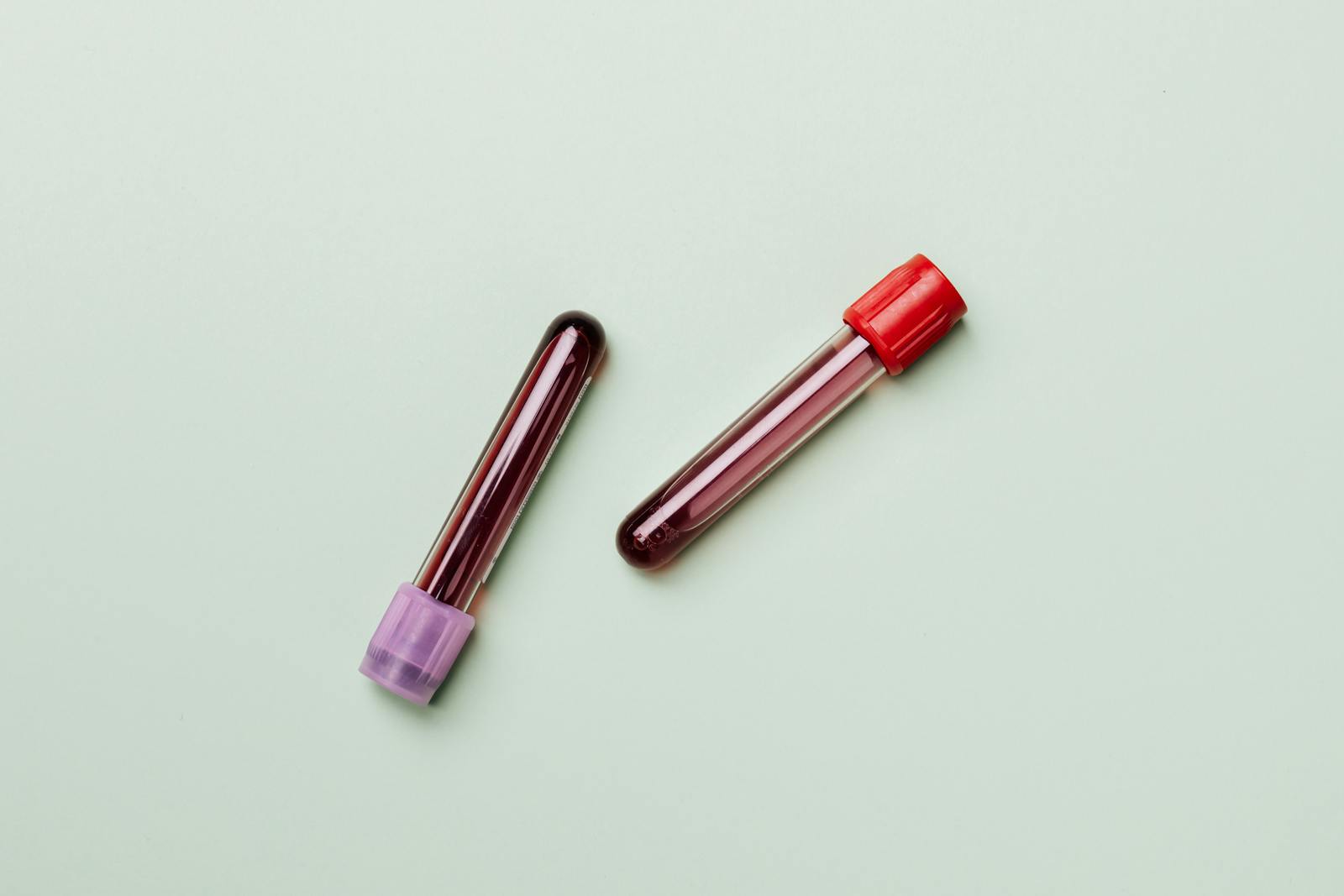Pain management is a crucial aspect of healthcare, aimed at improving the quality of life for those suffering from chronic pain or acute pain. Among the various treatments available, laser therapy has emerged as a promising option for pain relief due to its non-invasive nature and minimal side effects. Laser treatment, also known as low-level laser therapy (LLLT) or photobiomodulation, utilises specific wavelengths of light to penetrate the skin, targeting tissues and cells beneath the surface.
One of the primary mechanisms by which laser treatment alleviates pain is through the reduction of inflammation. The light energy emitted by the laser promotes cellular regeneration and repair processes, leading to the decreased production of inflammatory mediators. This results in less swelling and reduced discomfort in the affected area. Additionally, the therapy enhances blood flow to the targeted tissues, delivering essential nutrients and oxygen that aid in healing and provide a soothing effect on sore or damaged tissues.
Laser therapy is particularly effective for musculoskeletal conditions, including joint pain, arthritis, and soft tissue injuries. For individuals suffering from conditions like osteoarthritis, laser treatment can significantly reduce pain and improve joint mobility by stimulating cartilage regeneration and reducing inflammation. Athletes and active individuals commonly benefit from laser therapy to address sports injuries such as sprains, strains, and tendonitis, where traditional treatment methods might fall short or involve lengthy recovery times.
Moreover, laser treatment can be beneficial for neuropathic pain, which is often a result of nerve damage or dysfunction. By promoting nerve regeneration and modulating nerve function, laser therapy provides a non-pharmacological option for managing conditions like peripheral neuropathy, often seen in diabetic patients. The ability of laser therapy to address a wide range of pain conditions without relying on medication makes it an attractive alternative, particularly for those concerned about the side effects of painkillers or the risk of dependency.
Patient experience with laser treatment is generally positive, as the procedure is painless and sessions typically last between 5 to 20 minutes, depending on the area being treated. Most patients require multiple sessions to achieve optimal results, and the cumulative effect of the treatment leads to prolonged pain relief. The non-invasive approach ensures there is no downtime, allowing patients to resume their daily activities immediately after the session.
In conclusion, laser treatment offers a versatile and effective option for pain relief across various conditions, from musculoskeletal issues to neuropathic pain. Its ability to reduce inflammation, promote tissue repair, and enhance blood flow makes it a valuable tool in modern pain management. As research continues to advance, the adoption of laser therapy in clinical practice is likely to expand, providing patients with a safer and more convenient alternative to traditional pain relief methods.













